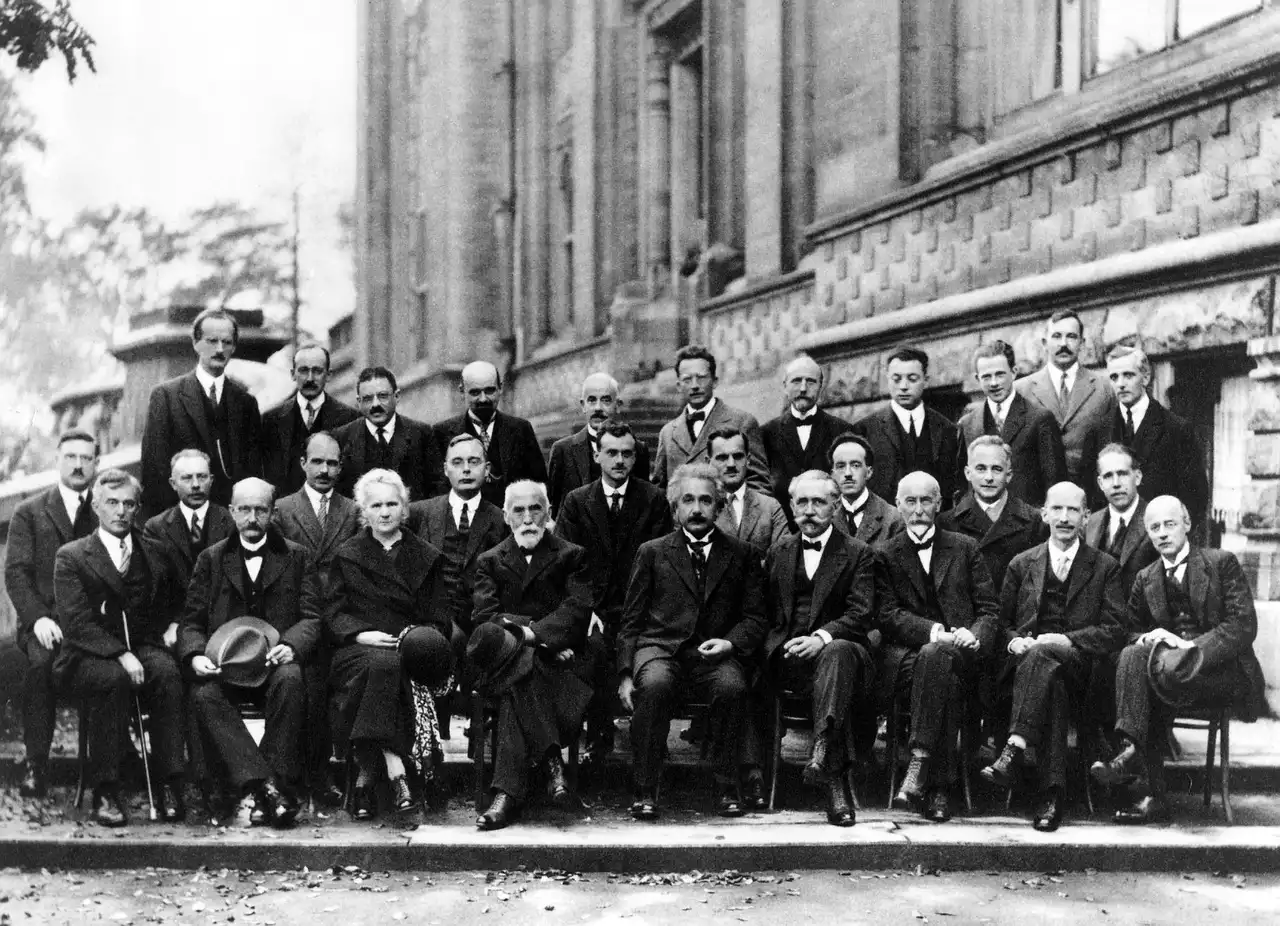Charles Darwin was a famous scientist from the 19th century. He made several discoveries which changed our understanding of biology forever. His primary work, On the Origin of Species by Means of Natural Selection, is one of the most important scientific books ever written. However, it wasn’t his only work! In this article, we will look at some lesser-known facts about Charles Darwin and his contributions to science.
Charles Darwin’s contributions to science
Charles Darwin made several discoveries that changed the way we understand biology. His primary discovery, the discovery of the theory of evolution by natural selection, is one of the most important scientific discoveries ever. His additional discoveries include discovering that humans and apes have a common ancestor, proposing that new species develop from small changes in their DNA, observing that different environments cause organisms to adapt through natural selection, and helping usher in the age of molecular biology.
He discovered the theory of evolution by natural selection.
Darwin’s most important contribution is the theory of natural selection. He found that small changes in organisms aren’t fixed; they can also be passed on to their offspring. Small differences, such as beaks that are better suited to certain food sources, can make organisms more or less successful at surviving. With enough time, small advantages or disadvantages can turn into major advantages or disadvantages. Over many generations, these advantages and disadvantages can lead to the emergence of new species. Darwin discovered that the key to this process is that organisms reproduce more or less successfully based on chance. If an individual organism has a trait that gives it an advantage in its environment, that trait will become more common over time, because it will be passed on to more offspring than those who don’t have that trait.
He discovered that humans and apes have a common ancestor.
Darwin also discovered that humans and apes have a common ancestor. This finding, which is now widely accepted, meant that apes should have some human-like features. Darwin observed that apes have traits such as speechlessness, a short lifespan, and an inability to do simple math. These traits are all also found in humans, which led him to conclude that people and apes share a common ancestor. This discovery, along with the theory of natural selection, provided a complete picture of evolution by natural selection.
He proposed that new species develop from small changes in their DNA.
Darwin also proposed that new species develop from small changes in their DNA. Darwin knew that traits such as hair colour are passed down from generation to generation, but he didn’t know how traits were passed from parent to offspring. His theory was that traits are encoded in DNA, and that DNA is passed down from one generation to the next. These small changes in DNA can lead to the development of new species.
He observed that different environments cause organisms to adapt through natural selection.
Darwin observed that different environments cause organisms to adapt through natural selection. He noticed that finches with beaks that were well-suited to a particular food source had more offspring than those with less well-suited beaks. In time, finches with the best beaks for their environment became more common. He concluded that the beak variations are due to natural selection. Darwin also noticed this phenomenon in other organisms. For example, he predicted that insects in cooler climates would be larger and that those in warmer climates would be smaller. Both of these predictions have since been proven true.
His work helped usher in the age of molecular biology.
Darwin’s research also helped usher in the age of molecular biology. The discovery that traits are passed down through DNA allowed scientists to identify the causes of many diseases. Research into how DNA mutates has led to the discovery of many factors that cause diseases, such as exposure to radiation. The ability to sequence DNA has also allowed scientists to identify our evolutionary history. It has also made it possible to sequence the DNA of many organisms, such as bacteria that cause disease. This sequencing has allowed scientists to understand how bacteria cause disease and develop new treatments.
Additional reading
Charles Darwin was a scientist in the 19th century who discovered the theory of evolution by natural selection. His work changed the way scientists understood biology and helped usher in the age of molecular biology. To learn more about his contributions to science, check out the following:
- Darwin’s Theory of Evolution: This provides an overview of Darwin’s most important discovery, the theory of evolution.
- The Theory of Natural Selection: This explores how natural selection led to evolution by describing two examples of evolution.
- The Origin of Species: This explains how Darwin’s ideas about evolution and natural selection were put together in his most famous work.
- Darwin’s Descent into Evolutionary Theory: This discusses how Darwin came to his conclusions about evolution.
- What was the Age of Molecular Biology?: This explores how Darwin’s work helped usher in the age of molecular biology.


 The History of the Mobile Phone
The History of the Mobile Phone Every Day Computers in the Home
Every Day Computers in the Home
 7 Time-Saving AI-Powered Browser Extensions
7 Time-Saving AI-Powered Browser Extensions Rosalind Franklin and Her Contribution to DNA Research
Rosalind Franklin and Her Contribution to DNA Research Louis Pasteur, a Pioneer in Microbiology
Louis Pasteur, a Pioneer in Microbiology Francis Crick, an Inspirational Scientist
Francis Crick, an Inspirational Scientist Alexander Fleming and the Discovery of Penicillin
Alexander Fleming and the Discovery of Penicillin